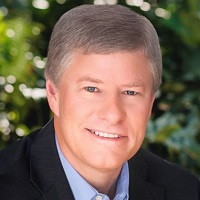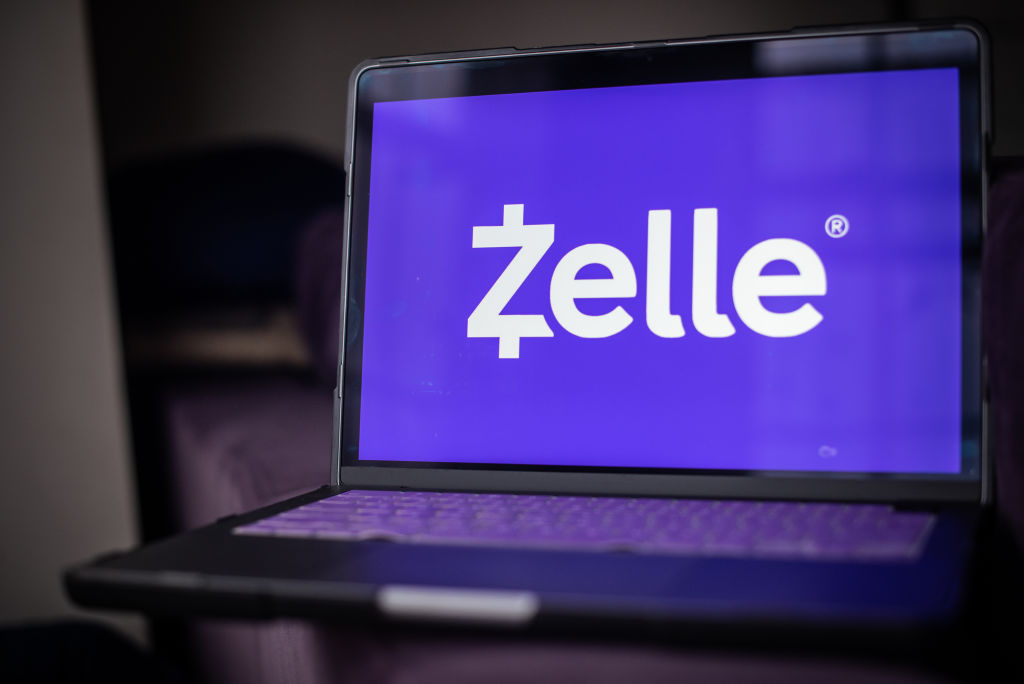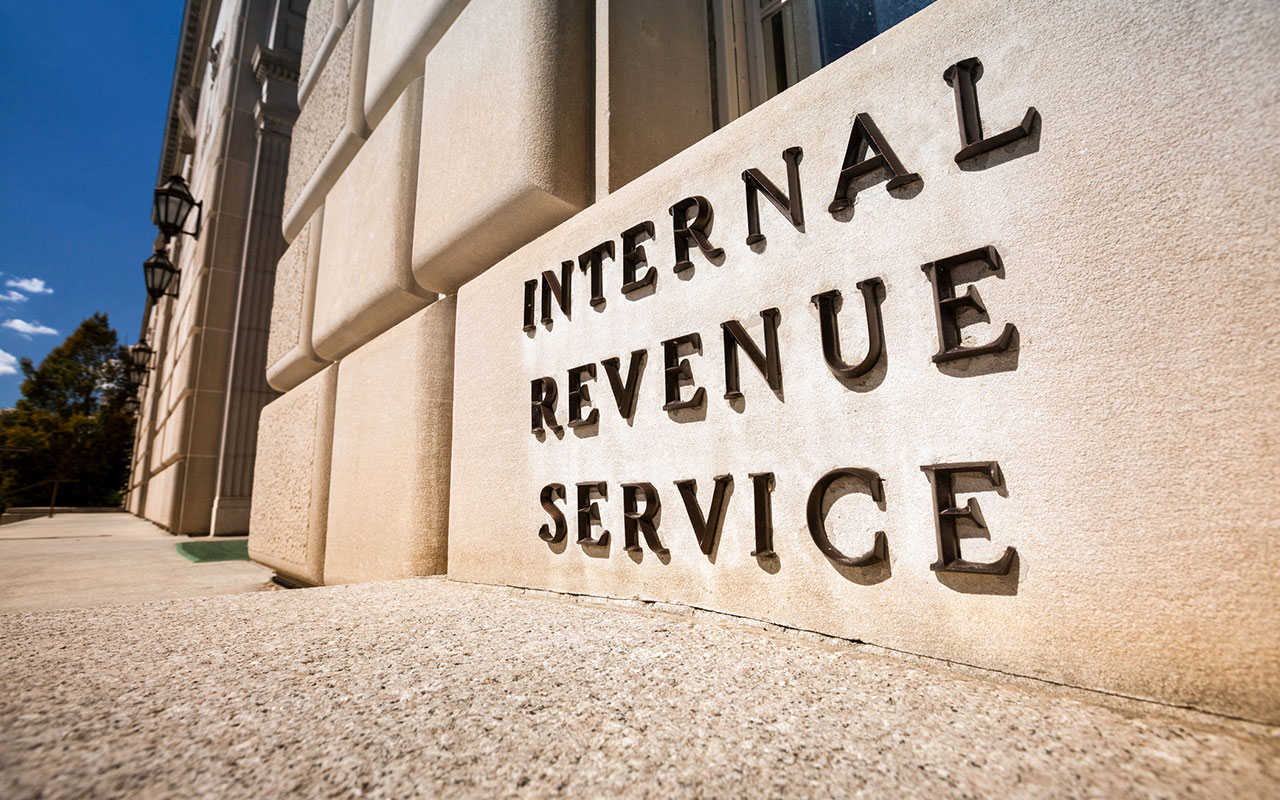Ignoring Your Old 401(k) Could Be a $130,000 Mistake
You'd be shocked at how many people leave a job and let their 401(k) languish at their former employer. Instead, three steps can help safeguard your retirement.


Far too many Americans are putting off retirement planning, relegating it to the same peripheral space in their brains as that missed trip to the gym: We know we need to do it, but something more pressing — more immediate — always takes precedence. However, just as there are adverse health outcomes to a sedentary lifestyle, Americans who haven’t adequately saved for their retirement must face the music one day.
According to a 2022 Federal Reserve survey of consumer finances, only slightly more than half of all Americans (54%) have retirement accounts. Most American workers save for retirement via an employer-sponsored 401(k) account, with one recent survey showing that 6 in 10 workers with access to a 401(k) were contributing. However, that means 40% of their colleagues were opting out — a decision that could hurt them later in life.
Addressing America’s retirement readiness problem will require big ideas, not just from companies but in partnership with the government. Fortunately, there is precedent for that. Two years ago, the federal government passed SECURE 2.0, which enacted 90 new provisions affecting retirement savings plans. One such provision allowed certain employers to automatically have employees opt into their company’s 401(k) plans, placing them in a fund based on age and target retirement date.

Sign up for Kiplinger’s Free E-Newsletters
Profit and prosper with the best of expert advice on investing, taxes, retirement, personal finance and more - straight to your e-mail.
Profit and prosper with the best of expert advice - straight to your e-mail.
This change means that employees who haven’t considered retirement won’t needlessly miss out on the benefits of accruing compound interest (though they can still opt out). While SECURE 2.0 helps mitigate some critical issues, it doesn’t address one significant problem.
Recent estimates have shown that 1 in 5 U.S. workers have a forgotten 401(k) account. This trend increased following the Great Resignation, when record numbers of employees voluntarily resigned, beginning in early 2021, during the pandemic. If an employee leaves their old 401(k) behind with a former employer, that company can roll smaller accounts with $1,000 to $5,000 in investments into an individual retirement account (IRA). However, unlike automatically opting into a 401(k) — which places the employee in a fund with an appropriate risk profile based on age — when former employers roll over 401(k) accounts, these funds are put into cash as the default option, earning literal cents on the dollar and accruing high fees.
According to research from Vanguard, among rollover IRAs dating back to 2015, roughly 28% of those investors remained in cash seven years later. For investors under age 55, the long-term benefit of investing in a target-date fund rather than staying in cash would yield roughly $130,000 at age 65 — or an aggregate of $172 billion for all IRA rollover investors.
In an ideal world, the government would pass legislation requiring companies to roll over 401(k)s into a similar growth fund. Absent that, employees must be vigilant about safeguarding their savings. Here are three steps workers who may have a left-behind 401(k) should take to protect themselves.
1. Know what you’ve got
The first step to planning for retirement is understanding what you have and where those investments are. Start by going through old statements. If you can’t locate either hard copies or email statements, contact your former employer — the benefits manager should be able to see whether you participated in the retirement plan during your tenure.
You can also check to locate the company’s Form 550, which will have contact information for your former employer’s plan administrator.
Lastly, you can search the National Registry of Unclaimed Retirement Benefits and the National Association of Unclaimed Property Administrators, the latter of which will help you track down not only unclaimed 401(k)s but other assets, too.
2. Research and decide where to move the money
After you’ve located your 401(k), you’ll want to research your options for reinvesting the funds. Look for low-cost IRA options such as a robo-adviser, which offers lower fees and places investments into an asset-allocation model based on the investor’s age, or a low-cost fund provider, such as Vanguard or iShares, a unit of BlackRock. These providers offer a wide range of index-based investment options with lower fees.
3. Consolidate accounts and consult with a professional
Investors with multiple accounts should consider consolidating them. Not only does this make it easier to keep track of your investments, but if you hit a certain threshold, you could qualify for some type of personalized financial advice, whether it’s working with a dedicated adviser or through a hybrid program that pairs automated investing with access to expert support.
Most financial advisers will provide a free consultation, so take advantage of that to meet with them and better understand your options.
How do we fix America’s retirement readiness problem? Though there isn’t one easy solution, the focus should be on making it easier for people to have greater access to investment options. This is where many of the states are succeeding.
To date, 11 states have auto-IRA enrollment programs — akin to 401(k) automatic opt-in — whereby employees without access to qualified retirement plans through their work are automatically opted into a state-run IRA program and placed in a target-date fund. However, investment options may be limited, so it’s a good idea for all investors to take an active role in their retirement planning and, if possible, consult with a professional.
Investors don’t have to be wealthy to work with a financial adviser. Not all advisers have six- or seven-figure minimums; some will work with clients for as low as $20,000 in investable assets or offer a fee-for-service option to help people just starting out. Investors can also look for financial advisers willing to work pro bono. The Foundation for Financial Planning can help connect low-income individuals and families with a qualified adviser at no cost.
Whatever you do, the most important thing is to figure out your assets, research potential options and move your investments into a growth-oriented vehicle. This is a situation where inertia will cost you.
Related Content
Get Kiplinger Today newsletter — free
Profit and prosper with the best of Kiplinger's advice on investing, taxes, retirement, personal finance and much more. Delivered daily. Enter your email in the box and click Sign Me Up.

Scott joined Ballast Rock Private Wealth (BRPW) as a Senior Wealth Advisor and CFP® (Certified Financial Planner) in October 2023. At BRPW, Scott specializes in financial planning, wealth management and investment strategies for accredited individuals, families, professionals, business owners and company executives. He became a CFP® in 2011, enabling him to offer a broader array of services spanning investments, insurance, retirement planning, estate planning and tax mitigation strategies. 2019 through 2024, Scott has won the Five Star Wealth Manager award from Five Star Professional.
-
 Zelle App Shut Down? Why Zelle Has Discontinued Its App
Zelle App Shut Down? Why Zelle Has Discontinued Its AppWith the Zelle app shut down, learn how you can still use Zelle and which other mobile payment apps you might want to consider.
By Paige Cerulli Published
-
 Free IRS Tax Filing for 30 Million People: Will It Continue Under Trump?
Free IRS Tax Filing for 30 Million People: Will It Continue Under Trump?Tax Filing Direct File was piloted last year in 12 states and has since expanded to 25. But some wonder whether the program will last under the Trump administration.
By Gabriella Cruz-Martínez Last updated
-
 Retired and Worried About a Recession? Six Ways to Prepare
Retired and Worried About a Recession? Six Ways to PrepareRetirees can plan for a near-term recession with a range of strategies, from small investment changes to significant lifestyle hacks.
By Maurie Backman Published
-
 Going Through Probate? How to Find the Right Attorney
Going Through Probate? How to Find the Right AttorneyJust having the skills and experience to do the job isn't enough. The probate attorney you hire needs to have the right temperament for your particular case.
By John R. Silva, Esq. Published
-
 Widow's Penalty: Three Ways to Protect Your Finances
Widow's Penalty: Three Ways to Protect Your FinancesHigher Medicare premiums, smaller Social Security payments, bigger tax bills … Financial changes can hit hard when a spouse dies. How to counter the blow.
By Ashley Terrell, IAR Published
-
 Four Ways Your Phone Can Help You Weather Market Volatility
Four Ways Your Phone Can Help You Weather Market VolatilitySmartphone apps can help investors make healthy decisions and maintain a disciplined investment approach — even when emotions try to steer them off course.
By Marco De Freitas Published
-
 Stock Market Today: Tariff Pause Triggers 3,000-Point Dow Rally
Stock Market Today: Tariff Pause Triggers 3,000-Point Dow RallyThe bond market is sending concerning signals as the Trump administration executes its rapid reordering of global trade relationships.
By David Dittman Published
-
 You're Stuck Taking RMDs: Now What?
You're Stuck Taking RMDs: Now What?When you've got to take required minimum distributions (RMDs) make some lemonade. Here are our top ideas for using the extra cash to enrich your life — or that of others.
By Maurie Backman Published
-
 Stick to the Plan: Don't Panic During Economic Uncertainty
Stick to the Plan: Don't Panic During Economic UncertaintyTake a breath and step back. Focus on a solid fiscal foundation to stabilize your investments during stock market volatility.
By Eric Lahaie, CFS®, RICP® Published
-
 How Inflation Affects Your Finances and How to Stay Ahead
How Inflation Affects Your Finances and How to Stay AheadThe cost of goods and services is certain to rise over time, making it essential to have a financial plan that will help you keep pace.
By Kyle D. Sikes Published